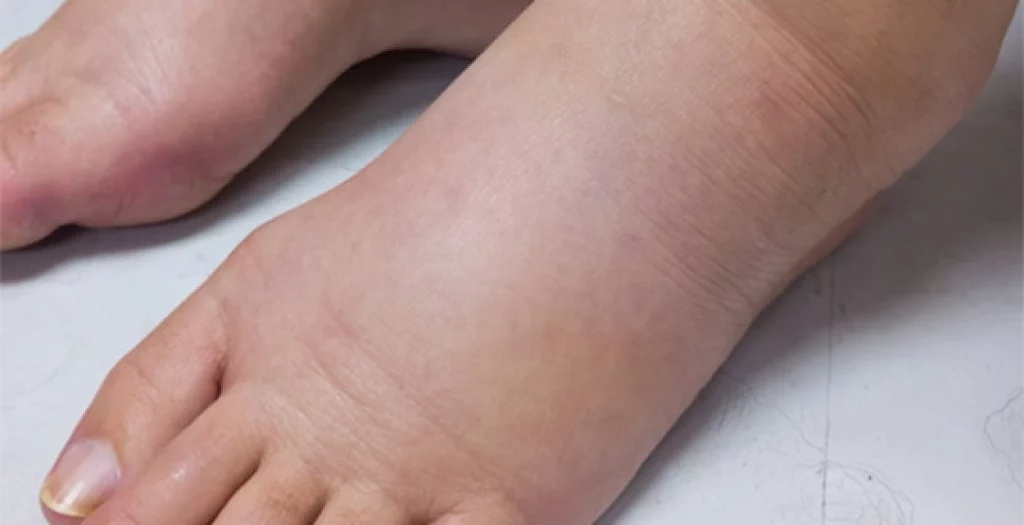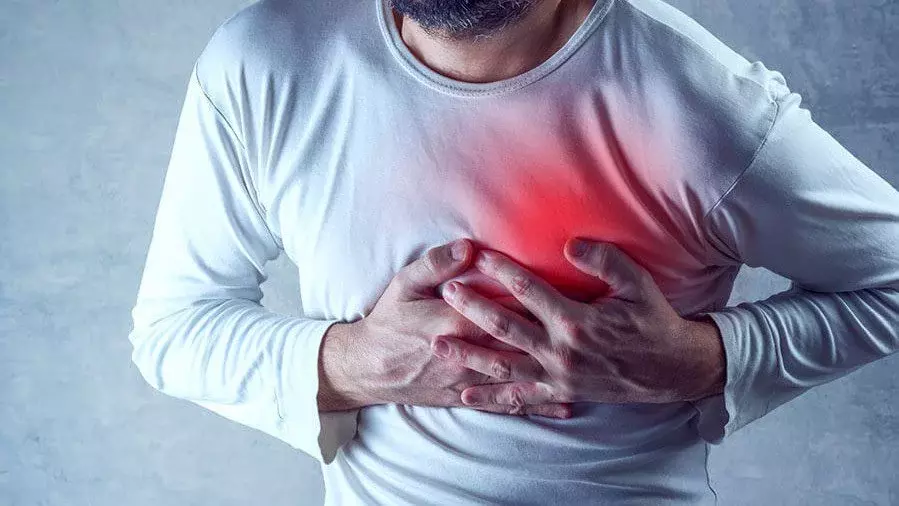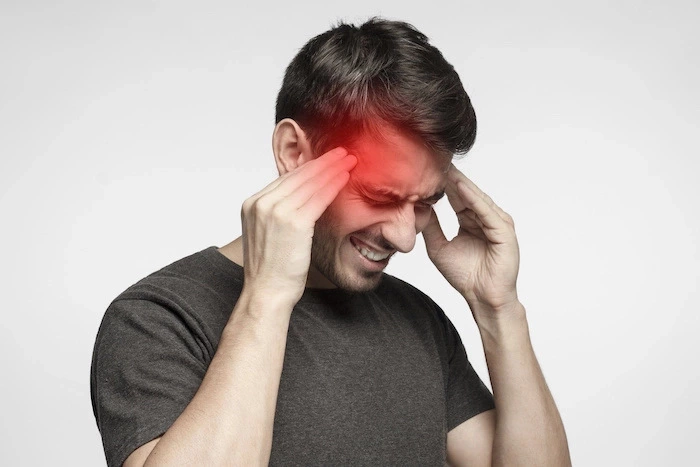What is Aortic Stenosis? Symptoms, Treatment and Prevention 2022
Aortic stenosis, also known as AS, is a type of heart disease that narrows the valve that connects the heart’s main chamber (the left ventricle) with the blood vessels leading to the body. This narrowed valve creates increased resistance and pressure, which can lead to a shortened life expectancy and other serious complications.
Aortic stenosis is often referred to as “snow ski” or “camel hump” disease because of its physical effects on patients. If you have some risk factors for this condition, speak with your doctor about screening tests, as they can be difficult to diagnose initially because symptoms are not always obvious or severe enough for doctors to detect them during routine check-ups.
What is Aortic Stenosis?
Aortic stenosis, or AS, is a heart condition that affects the aortic valve, the valve that lets blood flow from your heart to your body. The valve is made up of two flaps that open and close to control blood flow. When one or both of these flaps become too stiff and narrow, blood flow is restricted, and you have AS. This condition can lead to blood pressure issues and increased heart attack and stroke risk.
As is often called “snow ski” or “camel hump” disease because of the physical effects, it has on patients. People with AS typically have a rapid, forceful heartbeat, shortness of breath and leg swelling when they stand up. People with the condition may also experience chest pain, and their stroke risk increases.
Symptoms of Aortic Stenosis
Although aortic stenosis is a serious condition, its symptoms are often subtle and might not be apparent until the condition progresses. Early diagnosis and treatment can help reduce the risk of complications. If you experience any of these symptoms, you should consult a doctor.
1. Shortness of Breath

Shortness of breath occurs when the heart cannot pump enough blood to meet the body’s needs. This shortness of breath can occur when you are at rest or during vigorous activity.
2. Swelling of the Legs

This swelling is not related to exercise or activity but is present even when you are at rest.
3. Chest Pain

This pain may be mild and might not be constant. It is not associated with a specific activity and can be experienced at rest.
4. Rapid Heartbeat

This symptom is not related to exertion and can be felt even at rest.
5. Weakness

This symptom might be experienced only during extreme exertion.
6. Headaches

These can be mild and occur at rest.
7. Numbness or Tingling

This symptom might accompany a mild headache. It can also be experienced as a feeling of “pins and needles” in the hands or feet.
Causes of Aortic Stenosis
Aortic Stenosis is caused by the progressive thickening of the aortic valve, which over time, restricts the flow of blood to the rest of the body. Several factors can accelerate the progression of AS, including high blood pressure, excessive alcohol consumption, and certain genetic conditions. There are three types of AS. The most common type, called degenerative AS, occurs when the heart’s valves are naturally stiffer with age. Other types of AS occur as a result of disease or an abnormal buildup of tissue in the valve.
AS can develop slowly or rapidly. Slowly progressing AS, which is more common in adults over the age of 40, is often referred to as a “degenerative” condition. In degenerative AS, the heart valves become thicker and stiffer with age. Rapidly progressing AS is associated with two conditions in which abnormal tissue (also called “tissue” or “growth“) forms in the aortic valve.
One disease that causes a tissue buildup in the aortic valve is a condition called “calcification.” It is associated with a rapid, aggressive progression of AS that usually occurs in adults younger than 40. Another disease that causes a tissue buildup in the aortic valve is called “hypertrophy.” It is usually associated with a slower progression of AS, which usually occurs in adults older than 60.
Treatment for Aortic Stenosis
The treatment for aortic stenosis may include managing risk factors such as high blood pressure and diabetes with medications, lifestyle modifications, and occasionally corrective surgery. The doctor may also prescribe medications to control symptoms like shortness of breath, leg swelling, and rapid heartbeat.
Some treatments are intended to slow the progression of the disease by reducing blood pressure and improving blood flow through the heart. If medications and lifestyle changes don’t control symptoms, your doctor may recommend surgery to replace the aortic valve. During this procedure, a surgeon removes the narrowed valve and replaces it with an artificial or prosthetic valve.
Prevention of Aortic Stenosis
Beyond the standard screening and testing for heart conditions, there are no preventive measures for aortic stenosis. However, existing risk factors can be managed with lifestyle changes and medication, which can slow the progression of the disease and reduce the risk of complications. The most effective ways to reduce your risk for this condition are to keep your blood pressure and blood sugar levels within the normal range and avoid excessive alcohol consumption.
Close attention to your diet can also help reduce your risk for this condition. Follow a diet that is rich in fruits and vegetables, whole grains, and low-fat dairy products and low in saturated fat. Avoid salty foods, which can contribute to high blood pressure, as well as foods high in trans fat, which can increase the risk of diabetes.
Bottom Line: Understanding Aortic Stenosis
If you are over 40, you should have an annual examination to check for signs of aortic stenosis. The sooner the condition is detected, the better your chance of successful treatment, and the less chance that it will advance to a more serious, even life-threatening, problem.
Aortic stenosis can be difficult to diagnose initially because symptoms are not always obvious or severe enough for doctors to detect them during routine check-ups. Early diagnosis and treatment can help reduce the risk of complications.
Source –


